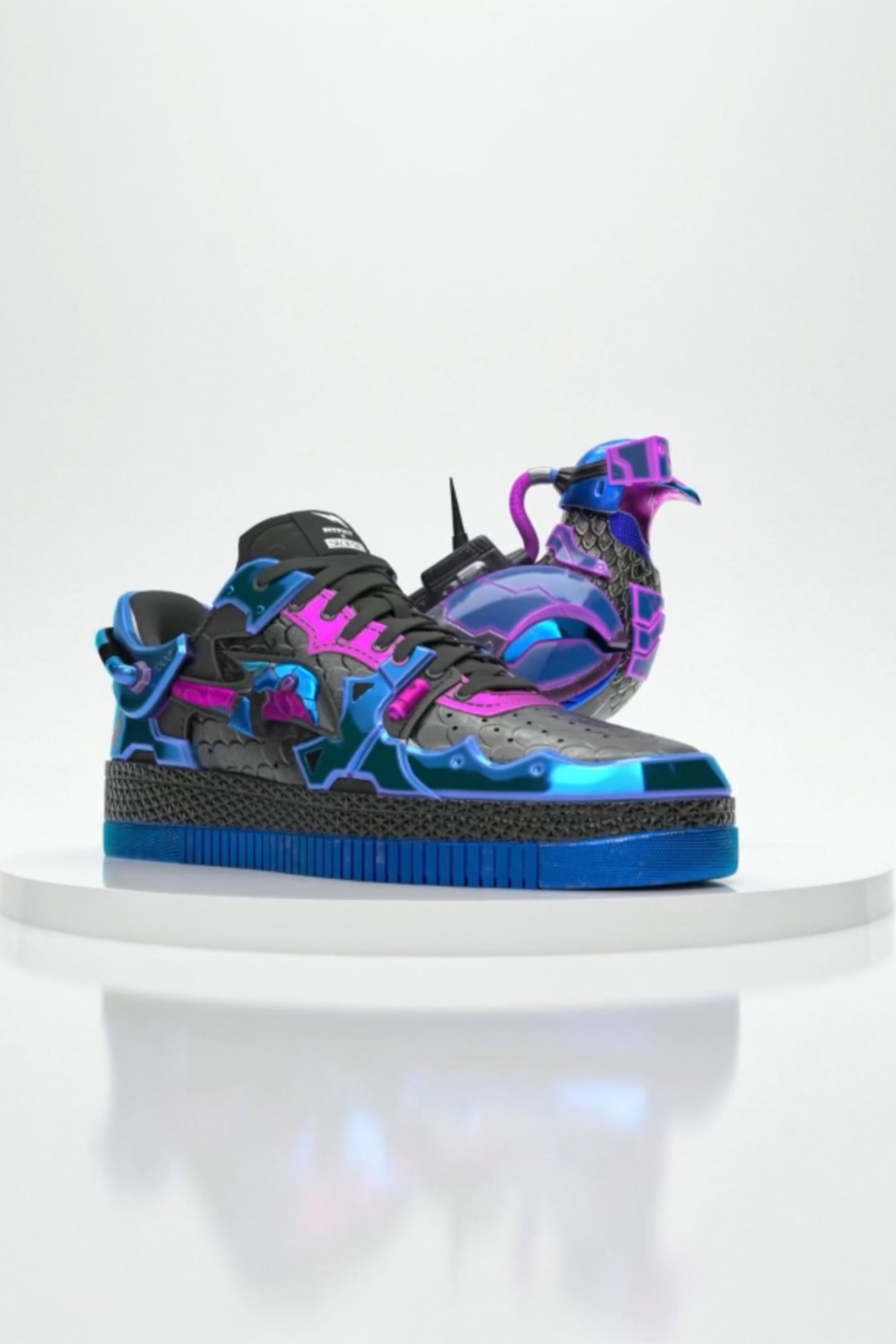
The Business of Fashion
Agenda-setting intelligence, analysis and advice for the global fashion community.

Agenda-setting intelligence, analysis and advice for the global fashion community.

Fashion businesses have long relied on photography, runway shows (with their elaborate sets and show notes), store design and other methods to build fantasies around their brands and products. These days, they’re adding new digital elements to their repertoires, including NFTs, video games and virtual experiences that offer other means of telling stories.
Traditionalists might not view these as the most prestigious channels for brand building, and there have been some high-profile misfires that give sceptics reason to pause, like elements of the recent Metaverse Fashion Week. But they’re gaining importance as the audience for video games, crypto and digital events continues to grow. Fashion businesses are beginning to experiment with them now so they aren’t caught off guard later.
One native web3 brand at the forefront of using NFTs for storytelling is RTFKT, the maker of virtual sneakers and NFTs that Nike acquired last year.
The company has “airdropped” freebies to the crypto wallets of those who own the CloneX NFT avatars it created with artist Takashi Murakami. These include a “space pod” that’s a sort of living quarters for the fictional Clone — and which RTFKT described as the beginning of a Clone multiverse civilisation — and a MNLTH, a mysterious cube that uses the programmable “smart contracts” embedded in NFTs. For months RTFKT had MNLTH holders solve puzzles it called “quests” to unlock the cube step by step, until finally revealing its first co-branded virtual sneaker with Nike and other products last week.
ADVERTISEMENT
What RTFKT is doing goes beyond a series of NFTs. It’s building an ecosystem where each release adds to the mythology it wants to create.
RTFKT adds to the story all the time in various ways. Benoit Pagotto, one of the company’s co-founders, even recently tweeted a logo for the “operating system” powering its virtual “CryptoKicks” with Nike.
“Don’t start to freak out it’s not a game, we just take the lore we’re building seriously,” he cautioned followers, who do tend to freak out over new NFT goodies or riddles to solve.
Gamification, myth-making and dropping bread crumbs for fans to obsess over aren’t new engagement tactics. The original Matrix trilogy and other movies and television shows used these ideas effectively as far back as the 1990s, with plot hints hidden within elaborate websites and video games. But they’re not the usual methods of a company that sells fashion, even virtual fashion.
This approach can have its drawbacks, like building extremely high expectations for new reveals. When RTFKT first unveiled what was inside the MNLTH, a common sentiment in its Discord was basically, “All that for a shoe?” The price of a MNLTH on the secondary market abruptly fell before bouncing back. (The price is now up slightly from where it was before the reveal.)
Other digital mediums like video games and virtual experiences have their own advantages for storytelling. They can be immersive, interactive and let brands do what they can’t in the real world, at relatively low costs. Brands such as Gucci, Marni, Balenciaga, Louis Vuitton, Nike and more have built their own miniature worlds where all the elements are there to help tell whatever story they want, whether it’s about creativity, otherworldly beauty, promotion of fun and fitness or something else.
Traditional channels can struggle to hit all these notes simultaneously. Photography can present a fantasy world but isn’t really immersive. Physical stores are immersive and interactive but have high costs and are bound by the rules of physics, not to mention zoning laws and other restrictions. Big runway shows can come close to doing it all, like in 2017 when Chanel simulated a rocket launch. But it takes a Chanel-sized budget to do that.
Of course, these digital experiences come with their own challenges, and getting the experience right within them is far from a given. When you work in an interactive space like a video game, you have to translate a brand image into an experience that’s, well, interactive.
ADVERTISEMENT
“It can be super difficult,” Marcus Holmström, co-founder and CEO of The Gang, an agency that has created experiences on Roblox for brands such as Vans and automaker McLaren, recently told me. “If you take a high fashion brand, for example, it might not be that it can be easily connected to a gaming idea. You have to think a bit more, and think out of the box.”
Fashion brands are just starting to explore the storytelling possibilities in these spaces. But they seem likely to keep at it since telling good stories is how they get shoppers to buy their brands and not just their products.
For more on technology, be sure not to miss the BoF Professional Summit: New Frontiers in Fashion and Technology on Wednesday, May 4 2022. Full access to the livestream is included with your BoF Professional Membership.
The app, owned by TikTok parent company ByteDance, has been promising to help emerging US labels get started selling in China at the same time that TikTok stares down a ban by the US for its ties to China.
Zero10 offers digital solutions through AR mirrors, leveraged in-store and in window displays, to brands like Tommy Hilfiger and Coach. Co-founder and CEO George Yashin discusses the latest advancements in AR and how fashion companies can leverage the technology to boost consumer experiences via retail touchpoints and brand experiences.
Four years ago, when the Trump administration threatened to ban TikTok in the US, its Chinese parent company ByteDance Ltd. worked out a preliminary deal to sell the short video app’s business. Not this time.
Brands are using them for design tasks, in their marketing, on their e-commerce sites and in augmented-reality experiences such as virtual try-on, with more applications still emerging.